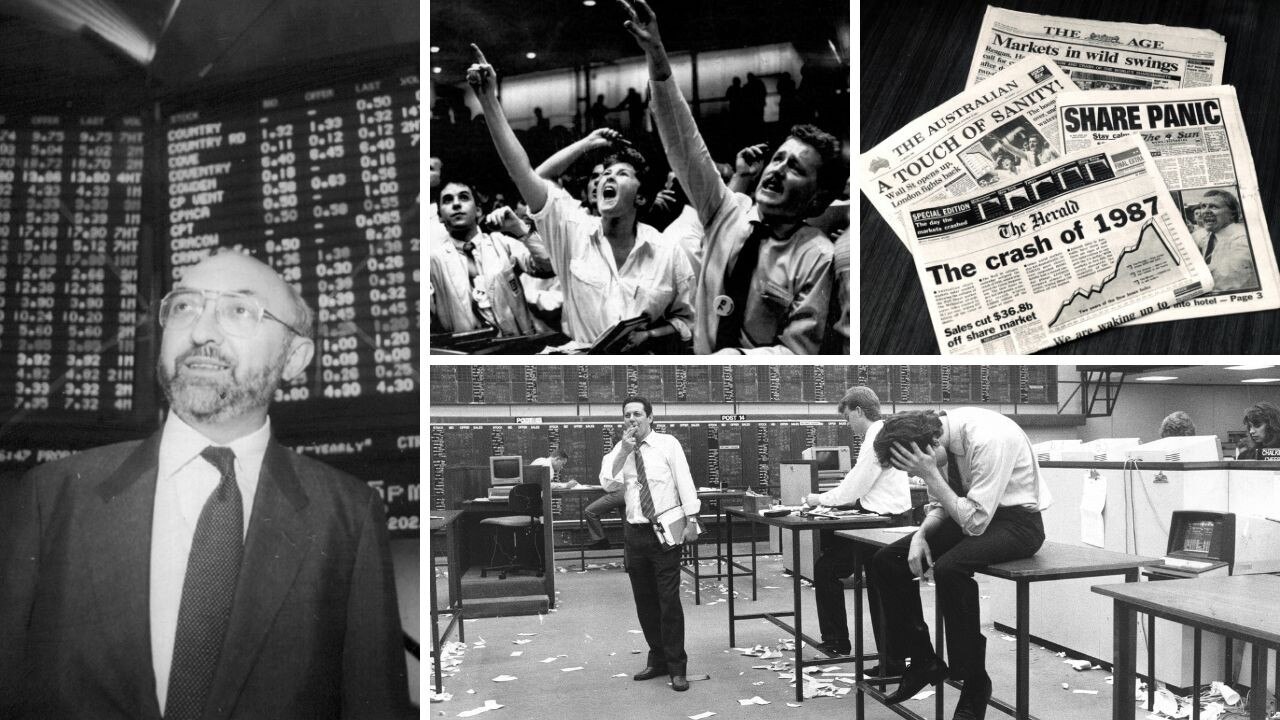Rates are a worry but bonds are the real concern
A bad CPI could trigger another RBA rate rise but that’s nothing when compared with the effect of rising government bond yields.

Ahead of Wednesday’s CPI inflation numbers and their critical impact on the Reserve Bank’s Cup Day rate decision, what is happening to longer-term interest rates – here in Australia, around the world, and especially on Wall St – is far more important to your financial future.
Yes, a “bad” CPI could trigger the RBA hike. And yes, that would be added financial pain to those with home loans. And small and medium businesses.
But, bluntly, that would be like a mild headache to the pain that could flow from the significant and sustained rise in longer-term – two to 10 and on to 30-year – government bond yields. And again, particularly those of the US.
Six months ago our 10-year bond yield – 10 years being the global benchmark – was 3.3 per cent. Now it’s 4.7 per cent.
Over the same period, the US 10-year yield, has leapt from 3.5 to 4.85 per cent. And yes, the similarity is telling you something big.
For, just as Wall St directly drives what happens on our share market – most dramatically, one Monday night back in October 1987 – so also what happens to US bond yields largely drives what happens to our yields.
Six months ago, Wall St was basking in the warm glow of expectations that everything was coming up roses.
US inflation was falling; the Fed would soon stop hiking and indeed switch to rate cuts; long bond yields were low and falling; corporate profits would rocket. The mix would be golden for shares.
Sort of missing from any of this optimism were two things.
Most fundamental was the massive US government debt – now over $US33 trillion ($53 trillion), and rising, as a consequence of continuing massive (near $US2 trillion) budget deficits.
Secondly, that the Fed had switched from buying bonds, and so artificially forcing their yields down, to selling them, by letting them mature – potentially forcing yields higher.
Now those basic realities have been progressively sinking in – if not into Wall St consciousnesses, to basic financial reality; and then add both the actual events in the Middle East and even more potently what could flow from them.
Go back two weeks to the start and there was a brief flurry on Wall St that the Hamas terror attack on Israel could prove a “good news” event for share and bond markets.
On the basis that the flow-on impacts would cause the Fed to abandon any further rate hikes and even move to rate cuts.
That didn’t last long: Wall St quickly moved to nervous, negative, uncertainty bordering on fear.
Not from any rush of conscience. Heaven forfend; Wall St is nothing but utterly values-neutral.
Simply, a growing realisation that there is no way this is going to end well; even if it does “end” in any meaningful sense anyway.
Now the basic reality of a world awash with debt – government, corporate, financial and individual – combined with the first serious and sustained above-2 per cent inflation since the 1980s, has reasserted itself.
That means, bluntly, globally lower share prices and sustained higher interest rates, across the yield curve.



